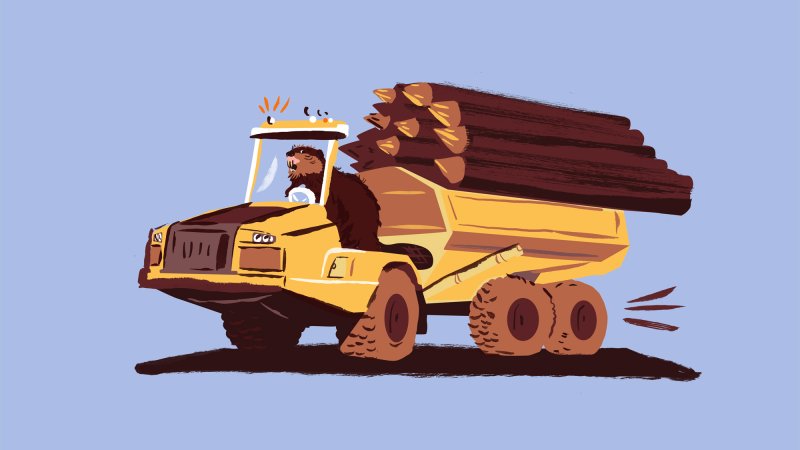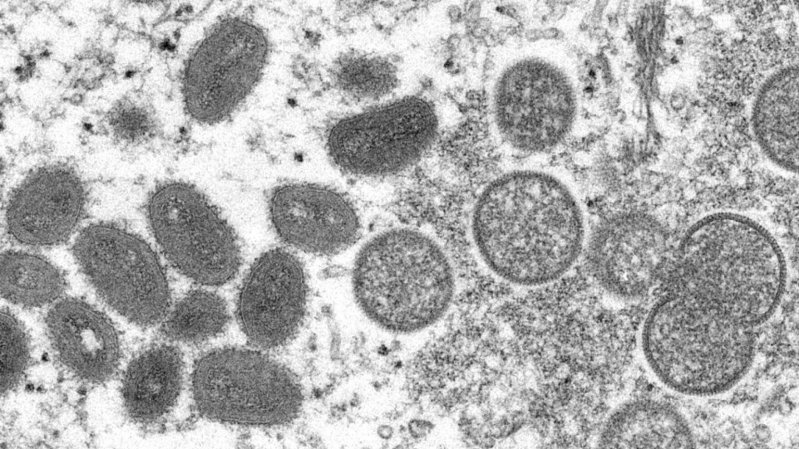About
Philip Kiefer is a staff writer at Popular Science. He started as a freelancer for the science desk in 2021, and joined the team fully later that year. He’s covered the evolution of COVID variants, carrion-eating honeybees, and prehistoric algal blooms. Philip is originally from Seattle, Washington, and currently lives in New Orleans, Louisiana.
Experience
Since joining Popular Science, Philip has covered the effects of climate change, from the “tropicalization” of Southern landscapes to weather disasters, the history of agriculture, and of course, infectious diseases and the COVID pandemic. He’s particularly interested in the process of tracking variants, a subject that he began covering in early 2020. Philip has also written deep-dives on the science of COVID testing, and went on CBS Morning News to talk through PCR testing and the Delta variant.
While an editorial fellow at Outside, he helped develop and research a project on the death toll of American roads that was a finalist for the American Society of Magazine Editor’s 2021 Digital Storytelling award. As a reporter for the Lens, his reporting on COVID shutdowns and failed restraining orders earned a second-place prize for 2020 health reporting from the New Orleans Press Association.
Education
Philip studied math at Bowdoin College in Maine. He didn’t realize that you could write about science until the very end of his time as an undergraduate.
Highlights
- Interested in ecology, evolution, and the way that humans think about the natural world.
- Covered climate and COVID for National Geographic, FiveThirtyEight, and Sierra Magazine. Previously worked at Outside and the Lens, a nonprofit watchdog outlet in New Orleans.
- Likes to read the acknowledgments section, and will drone on about horror movies as long as you let him. (His favorite is Texas Chainsaw Massacre.)
Favorite weird science fact
Beaver teeth are self-sharpening. The front enamel of the tooth contains iron, so it wears down much more slowly than the back side, creating a natural chisel shape.




















